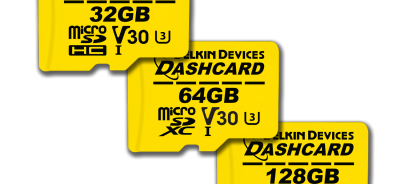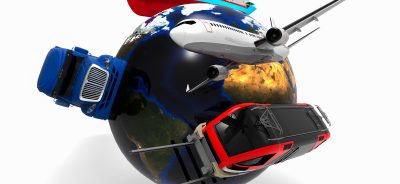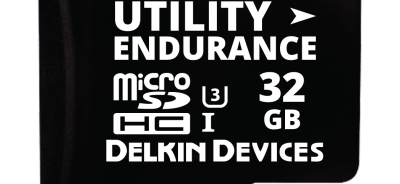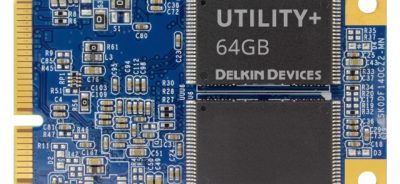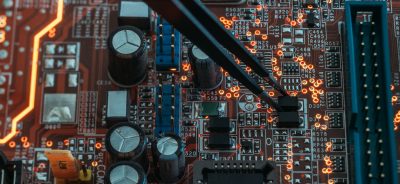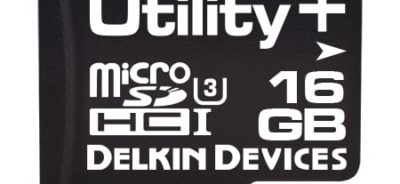Industrial Flash Storage for Driving Automation
Flash memory may not be the first thing people think about when they consider cars, but as vehicle technology advances, cars are becoming more and more data driven. Fully automated cars rely on an enormous amount of data, but even cars that don’t fall into that category have automated systems that utilize flash memory. Today’s car manufacturers have to be as savvy about choosing flash memory as they are about choosing tires and steering wheels. The role of flash memory is only expected to increase in the future. In fact, it is estimated that autonomous vehicles will produce at least 11TB of data per day. Choosing the appropriate industrial flash storage for driving automation will be critical for every car on the market.
Flash Memory Basics
Flash memory is a non-volatile form of data storage. It is an important component of solid state drives,(SSDs). Flash storage offers greater data security and reliability than hard disk drives, (HDDs). In addition, with flash memory, there is a low power draw. This is an important feature for cars, since memory that drains power could impact the overall operation of the vehicle.
Typically, flash memory in cars uses industrial grade, SLC flash. SLC, or single-level cell, flash is flash in which one bit of data is stored per cell. This provides the fastest available read and write operations of any flash format. Industrial flash memory also has an extended temperature range, from -40 degrees C to 85 degrees C, and extended shock and vibration tolerance. For vehicles that are exposed to the elements, bumps in the road, and heat generated from the engine, transmission, and brakes, these industrial features are all extremely important to the reliability of the memory.
Flash Memory in Driving Automation
The uses for flash memory in driving automation are vast. In some cars, flash memory is only used to automate one system at a time. For example, a car may be able to automatically brake and automatically correct departures from a lane, but not both at the same time. The next step up in automation is to allow two automated functions to happen at once. At the peak of the spectrum, vehicles can perform all of the functions of driving and respond to dynamic situations without a driver present. At each stage of development, and with every process that is automated, flash memory is needed.
At Delkin, we understand the complexities of automotive technology and can assist you in selecting the right industrial flash storage for driving automation. Reach out to our customer applications team today for more information.
ORDER DELKIN INDUSTRIAL FLASH STORAGE TODAY through our distribution partner Newark.
 Login
Login Register
Register



